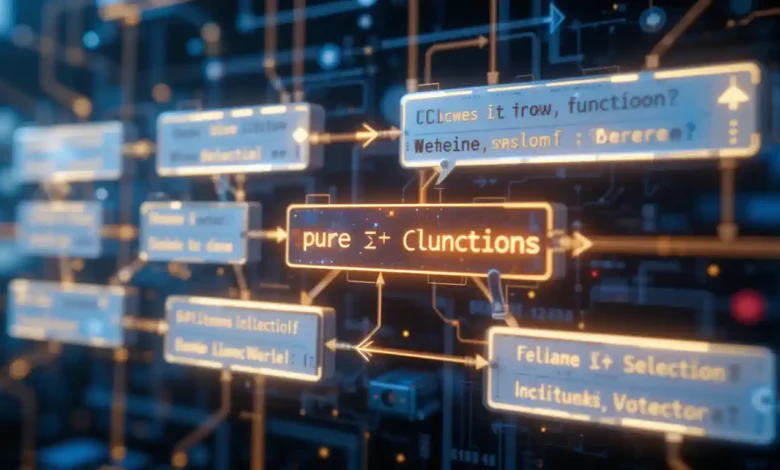Mastering Pure Virtual Functions in C++

Introduction to Pure Virtual Functions
Pure virtual functions are a fundamental concept in C++ programming, pivotal for achieving polymorphism and abstraction in object-oriented design. They are used to declare functions with no implementation in the base class, forcing derived classes to provide their own implementations.
The Syntax
The syntax of a pure virtual function in C++ is straightforward. It involves declaring a virtual function in the base class and assigning it a value of 0. This tells the compiler that the function must be overridden in any derived class, making the base class abstract.
Role in Abstract Classes
A class containing at least one pure virtual function becomes an abstract class. Abstract classes are crucial in C++, as they lay the groundwork for more specific classes to build upon, ensuring a solid and flexible design structure.
Implementing Pure Virtual Functions
To implement a pure virtual function, a derived class must provide a concrete function that matches the signature of the pure virtual function. This section will delve into the details of how to correctly implement these functions in derived classes.
Practical Examples
Let’s explore practical examples of pure virtual functions in C++. Through code snippets and detailed explanations, you will see how these functions are used to create robust and scalable class hierarchies.
Benefits of Using Pure Virtual Functions
Pure virtual functions help in defining precise and enforceable interfaces in class hierarchies. They ensure that all derived classes adhere to a common interface, which is crucial for polymorphism.
Common Pitfalls and Solutions
While pure virtual functions are highly beneficial, they can lead to common pitfalls such as improper implementation or misunderstanding of their use. This section covers these challenges and provides practical solutions.
Advanced Usage Scenarios
Beyond basic usage, pure virtual functions can be employed in more complex design patterns, such as the Factory method and the Template method patterns. These scenarios demonstrate the versatility and power of using pure virtual functions in C++.
Comparing with Other Languages
How do pure virtual functions in C++ compare with similar concepts in other programming languages like Java interfaces or abstract methods? This comparative analysis will highlight the unique aspects of C++’s approach to abstract methods.
Best Practices
To maximize the effectiveness of pure virtual functions, it’s important to follow best practices. This includes proper documentation, consistent coding standards, and strategic use of design patterns.
Conclusion
Pure virtual functions are a cornerstone of C++ programming, essential for creating flexible and reusable code. By understanding and implementing these functions correctly, developers can enhance their software design and leverage the full power of object-oriented programming in C++.
FAQs
- What is a pure virtual function in C++?
A pure virtual function is a virtual function that is declared in a base class and has no implementation in that class. It must be overridden by derived classes.
- Can a pure virtual function have an implementation in C++?
Yes, a pure virtual function can have an implementation in the base class, which can be explicitly called from derived classes. However, it still forces the derived classes to provide their own implementation.
- What happens if a derived class does not implement a pure virtual function?
If a derived class does not provide an implementation for a pure virtual function, it remains abstract and cannot be instantiated.
- Can structures in C++ have pure virtual functions?
Yes, structures in C++ can have pure virtual functions, just like classes, making them abstract.
- How do pure virtual functions affect object slicing in C++?
Pure virtual functions do not directly affect object slicing, but using pointers or references to base classes can help avoid slicing when dealing with polymorphism and inheritance.




